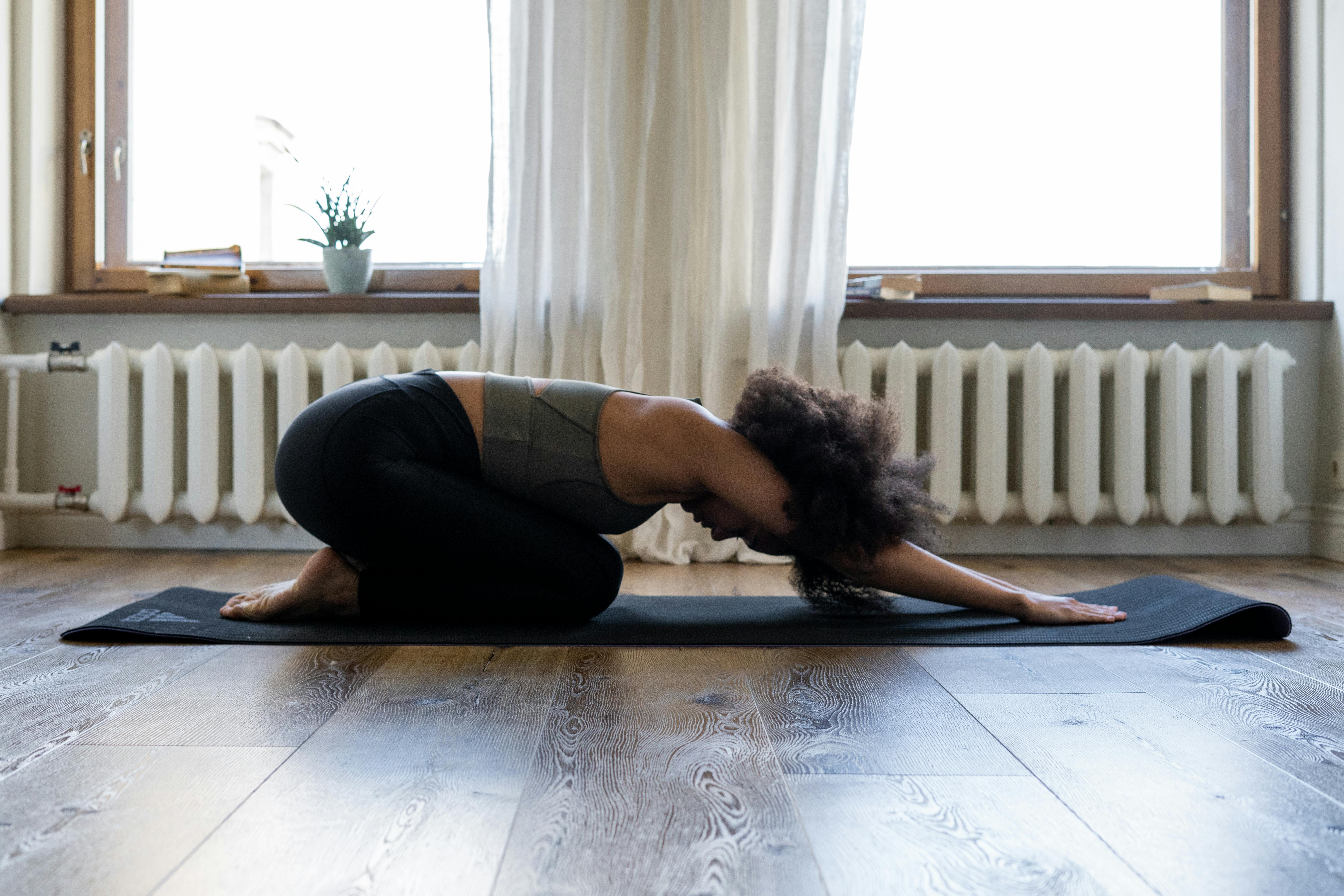
What is a yogi and how do I become one?
A yogi is someone who practices yoga regularly, with the word originating from the ancient south Asian language of Sanskrit.
Technically a yogi is a male, while a female is a yogini, but these days ‘yogi’ is used to refer to both male and female yoga-lovers.
While the word yogi might make you think of an overly-spiritual being wearing fishermen’s pants, a colourful headscarf and too many sets of beads, many modern yoga-devotees look just like everyone else.
In fact, despite the name ‘yoga’ coming from the approximately3,000 year old practice of bodily poses, mindfulness, breathing and meditation, the modern versions can look a bit different.
Depending on the setting, a yoga class can sometimes feel more like a mixture of aerobics, mat-based Pilates and a strength-class, with a yoga salute thrown in here and there.
Whether modern or old, yoga in all its forms has enjoyed a boom in recent years.
According to one 2021 Roy Morgan study yoga was the 5th-most popular form of exercise undertaken during the Covid lockdowns after walking, weight training, jogging and swimming.
Even before the pandemic yoga was already on the rise, with another study showing that yoga had doubled its popularity between 2008 and 2016 to become Australia’s preferred cardio, strength and flexibility exercise.
This 2018 article found that, amongst Australian women, a whopping 20% of those aged between 25 and 34, and 17% of women aged 35-49 did some form of yoga.
But, if you think yoga is just for the ladies, think again. The survey showed while only 5% of Aussie men embraced their downward dogs, the segment aged between 25-34 was Australia’s fastest growing.
So, while modern yoga’s links to its traditional form are debatable, it’s clear many Australians have embraced this mindful and dynamic form of exercise.
What is a yogi lifestyle?
While in some circles the traditional yogi lifestyle means abandoning all earthly possessions and living monk-like in a hermit cave, luckily yoga doesn’t have to be an all-or-nothing approach.
The main elements of a yogi lifestyle are about recognising:
1. Yoga isn’t just about exercise
While getting fit, losing weight, fixing your lower back and feeling more energised are the common outcomes of yoga, they’re not the purpose.
The physical poses are just a small, but amazing, element of a yogi lifestyle.
2. The mental side of yoga is key
Living a yogi lifestyle is just as much about improving the mind as it is about conditioning the body.
The way it does this is by encouraging yogis to practise the following:
· Mindfulness,
· Meditation,
· Healthy eating,
· Gratitude,
· Philosophical study
· Self-kindness
How do I become a yogi?
A modern yogi is as much an individual as the next person,and a yogi lifestyle can look different for different people but generally involves:
1. Regular yoga practice
Making a yoga class a regular activity is the first step towards achieving a yogi lifestyle.
The class location and timetable should be convenient so that it’s easy to fit in to your schedule.
Sun salutation sequence:
A beginner yoga sequence might include a sun salutation, which includes the following steps:
1. Mountain pose (Tadasana)
2. Upward salute (Hastauttanasana)
3. Forward fold (Uttanasana)
4. Low lunge with right leg front (AshwaSanchalanasana)
5. Plank pose (Phalakasana)
6. Knees-Chest-Chin (Ashtanga Namaskara)
7. Cobra or upward-facing dog (Bhujangasana)
8. Downward facing dog (Adho mukha svanasana)
9. Low Lunge with left leg front (AshwaSanchalanasana)
10.Forward fold (Uttanasana)
11.Upward salute(Hastauttanasana)

2. Mindfulness
The practice of mindfulness is an art within itself, with many researchers spruiking its benefits in reducing depression and anxiety.
Mindfulness podcasts are a great way to access free classes instantly.
For those looking for more in-depth practice, social media is also a great way to search for and access mindfulness coaches who offer downloadable courses, although these will often require payment.
3. Caring towards others and the environment
A big part of yoga is about realising how small and insignificant we are as individuals.
This concept helps detangle the mind of a yogi from the everyday stresses that can cause anxiety.
By tuning out their egos and focussing on the greater good, yoga students often feel happier and more connected to their community.
4. Practise self-compassion
Another wonderful element of yoga is respecting our own limitations.
Yoga teachers will remind students frequently throughout classes to take a pose only as far as feels comfortable.
Students are never encouraged to compete against each other or push their bodies into an uncomfortable position.
Yogis are taught to appreciate themselves, believe that they are enough just as they are, and realise they can’t be all things to all people.
5. Study the philosophies and ethics of yoga
Further study into the ancient philosophies around yoga can be a beautiful compliment to the broader practice and there are countless books and texts to guide you through.
A great place to start is the 1966 classic, still considered the gold standard today: Light on Yoga: The Bible of ModernYoga by B. K. S. Iyengar.
6. Share your passion for yoga by becoming a teacher
Accredited yoga teacher training can be undertaken for those interested in making yoga their profession.
Whether you want to dive into an intensive class or spread it out over a few months, generally it takes around 200 hours of study to get certified.
Once you've passed, you'll be able to teach classes or even start your own yoga studio.









